Dear Stephen,
I began using nattokinase about two weeks before starting your core protocol, starting with 2000FU per day, ramping up to 6000FU per day beginning with week one of your protocol. I experienced increasing stiffness of neck, spine and pain especially around the ‘root chakra’ area, but then it lifted just a couple days before starting your protocol. Not only were my headaches considerably reduced, but also my breathing was no longer asthmatic and finding a position to sleep that wasn’t painful became no longer a problem. Since starting your protocol, my energy levels have fairly leaped back to what I could do twenty years ago. At about week three of the protocol, I started ramping up your collagen support protocol with excellent results. Stairs are much less of a problem, now that I’m at week six. I did more yard work last Saturday in one day than I’ve been able to do in the last five years – and then I woke up the next day with pleasantly sore muscles – the way they’re supposed to be sore when they’re replenishing tissue correctly. And I bicycled to school the next day rather than staying in bed for a week to recuperate. And the next day, too. I’ve tried many of these herbs before, and always the results have been severe rashes and herxing. I could never get beyond low doses, so the treatment could never become truly effective.
I suspect the key to my success has been the use of nattokinase as a method to gently wash away the biofilm detritus that has built up over the years in my body. My skin is becoming my supple – veins that had become blue, gnarly and painful all over my arms and legs seem to be slowly resolving back to their usual size – joints are pain free at night – headaches are considerably reduced. All good things are happening. Nattokinase is a lot less expensive than lumbrokinase. Nattokinase is made from fermented soybeans rather than ground up earthworms, like lumbrokinase. It is considerably safer than: a. streptokinase – used for stroke/pulmonary embolism victims who need immediate removal of clots, but can only be used once because the body builds up antibodies to it. The ‘cure’ is almost as dangerous as the illness with this drug; b. heparin – used to keep clots from happening during surgery, sometimes used short-term in hospital stays, almost as dangerous as streptokinase; c. warfarin or coumadin – basically rat poison packaged in a dose for keeping the blood from clotting, but can also cause blood cell wall damage and internal hemoraging, etc.
The fibrinolytic action of nattokinase seems to actively ‘wash’ out the ‘evil’ kinds of clots/fibrins/biofilms, but doesn’t hamper proper blood coagluation from, say, a cut. It also doesn’t damage blood-vessel cell walls. I’m curious what kind of feedback you’re getting from other people who are taking nattokinase or lumbrokinase and whether you would consider it as an adjunct to your core protocol in a future version of your book. I can’t say enough good about it. It’s like the sun came out and suddenly herbs function correctly again, without all the herx reactions. I don’t plan on going above 8000FU per day with nattokinase, and suspect that to be a safe limit. Probably, a couple months into your core protocol, I’m going to ramp the nattokinase down to about 4000FU per day, depending on how my skin and veins look. If you have better ideas, suggestions, I’d appreciate your feedback on that, too.
Stephen’s response:
Wow, thanks for the information on this. It sounds great. If anyone else has used it, would love to hear about it.
Stephen
-
Stephen Harrod Buhner was an Earth poet and an award-winning author of twenty-four books on nature, indigenous cultures, the environment, and herbal medicine including the acclaimed book Healing Lyme: Natural Healing & Prevention of Lyme Borreliosis & Its Co-infections.
Stephen came from a long line of healers including Leroy Burney, Surgeon General of the United States under Eisenhower and Kennedy, and Elizabeth Lusterheide, a midwife and herbalist who worked in rural Indiana in the early nineteenth century. The greatest influence on his work, however, was his great-grandfather C.G. Harrod who primarily used botanical medicines, also in rural Indiana, when he began his work as a physician in 1911.
Stephen’s work has appeared or been profiled in publications throughout North America and Europe including Common Boundary, Apotheosis, Shaman’s Drum, The New York Times, CNN, and Good Morning America. Stephen lectured yearly throughout the United States on herbal medicine, the sacredness of plants, the intelligence of Nature, and the states of mind necessary for successful habitation of Earth.
He was a tireless advocate for the reincorporation of the exploratory artist, independent scholar, amateur naturalist, and citizen scientist in American society – especially as a counterweight to the influence of corporate science and technology.
View all posts

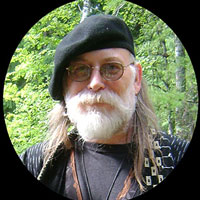



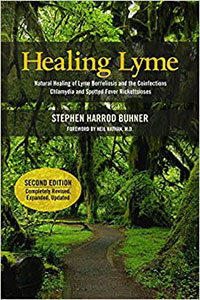
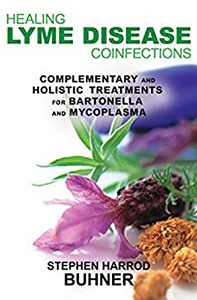
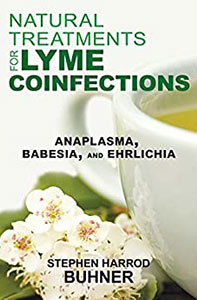
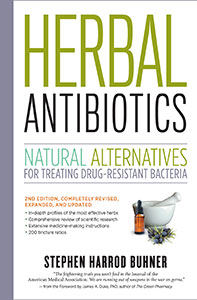
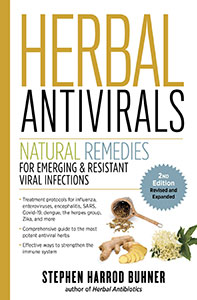



0 Comments